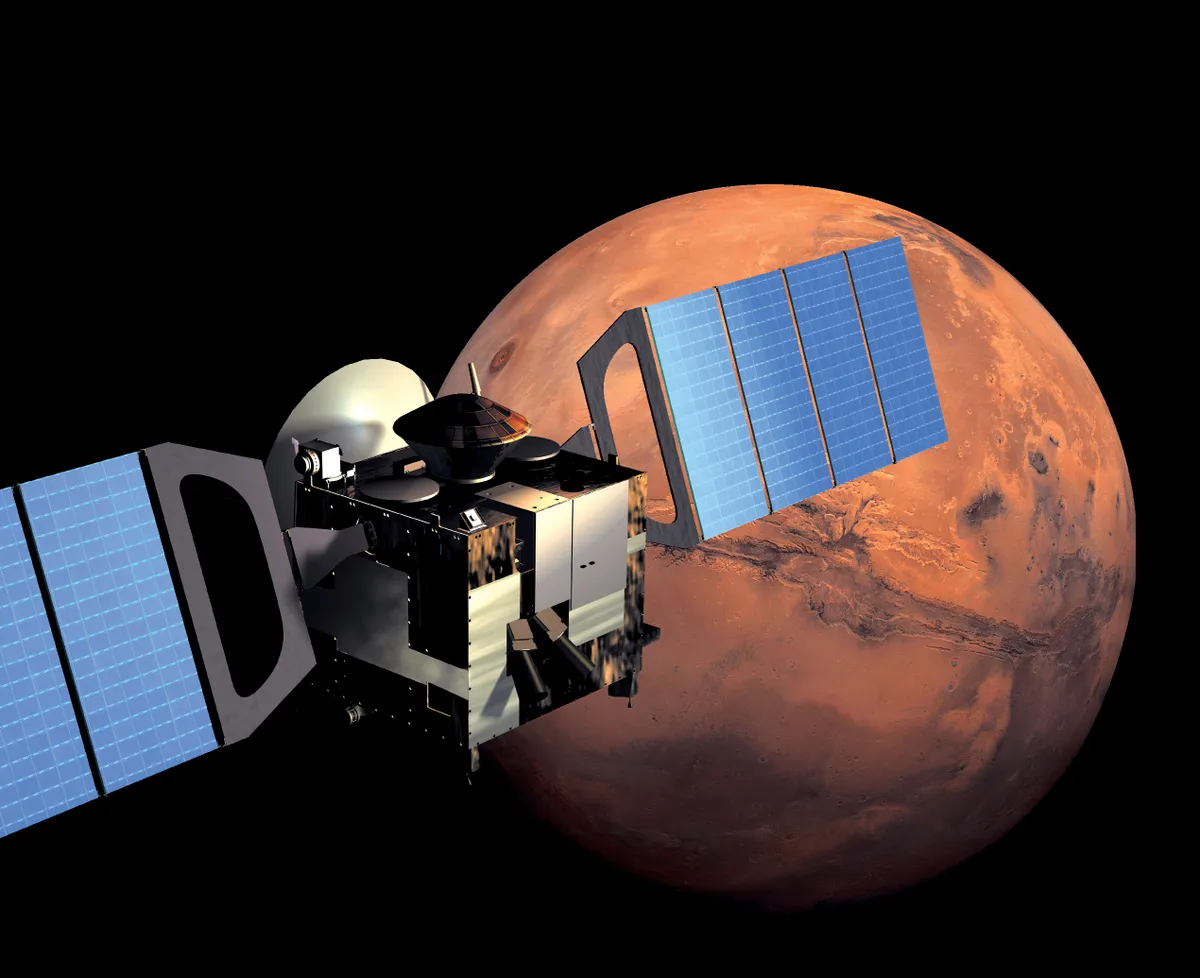At 4,000km long, 200km wide and up to 7km deep, Mars’s Valles Marineris is the largest known canyon in the Solar System. It is nearly 10 times longer, 20 times wider and 5 times as deep as Arizona’s famous Grand Canyon.
Now, photos taken the European Space Agency’s Mars Express orbiter show this geological marvel in never-before-seen detail.
The images are the latest to be taken using the rover’s High Resolution Stereo Camera (HRSC), which has previously beamed back breathtaking pictures of some of the Red Planet’s other impressive geology such as volcanoes, lava pools and river channels.
The HRSC is capable of producing full colour, 3D images of the craggy Martian surface to a resolution of about 10 metres.

Unlike the Grand Canyon, which was formed as the mighty Colorado River eroded away rock, Valles Marineris is thought to have been formed by the drifting apart of tectonic plates.
The images show two trenches, which are sometimes called chasma, that make up the western side of the canyon. Parallel lines seen inside the canyon along with signs of possible debris piles indicate that a landslide recently took place, ESA scientists say.
The bumpy surface seen in the image suggests that the chasma was once filled with liquid which left behind the unusual pattern as it evaporated, the researchers added.

Mars Express left Earth for Mars on a six-month journey in June 2003, when the two planets were closest to one another - a condition that only occurs once every 26 months.
It entered a near-polar orbit around Mars in December 2003 and has been imaging the planet’s surface, probing beneath its crust and investigating the composition of its atmosphere ever since.
Read more about Mars: